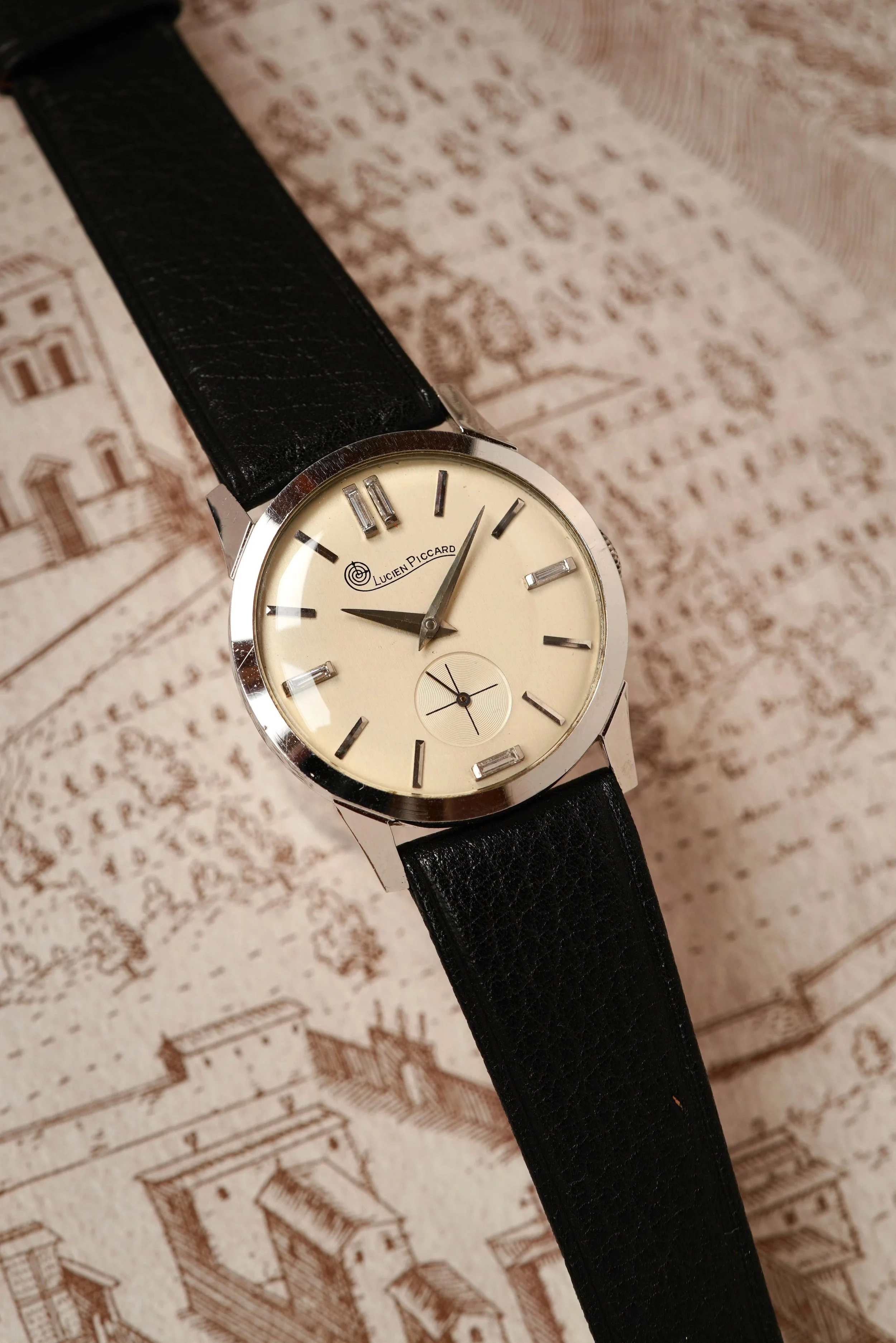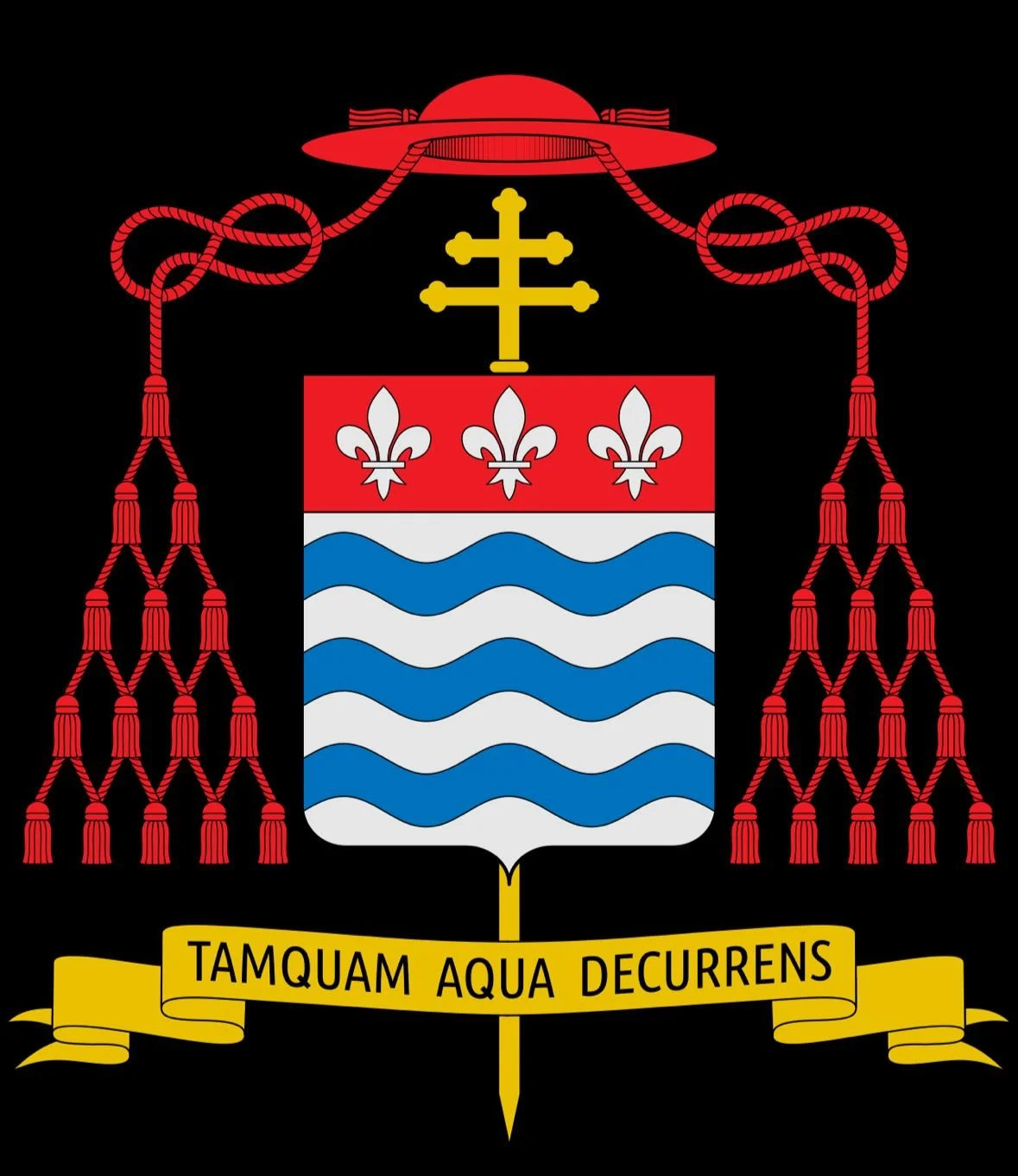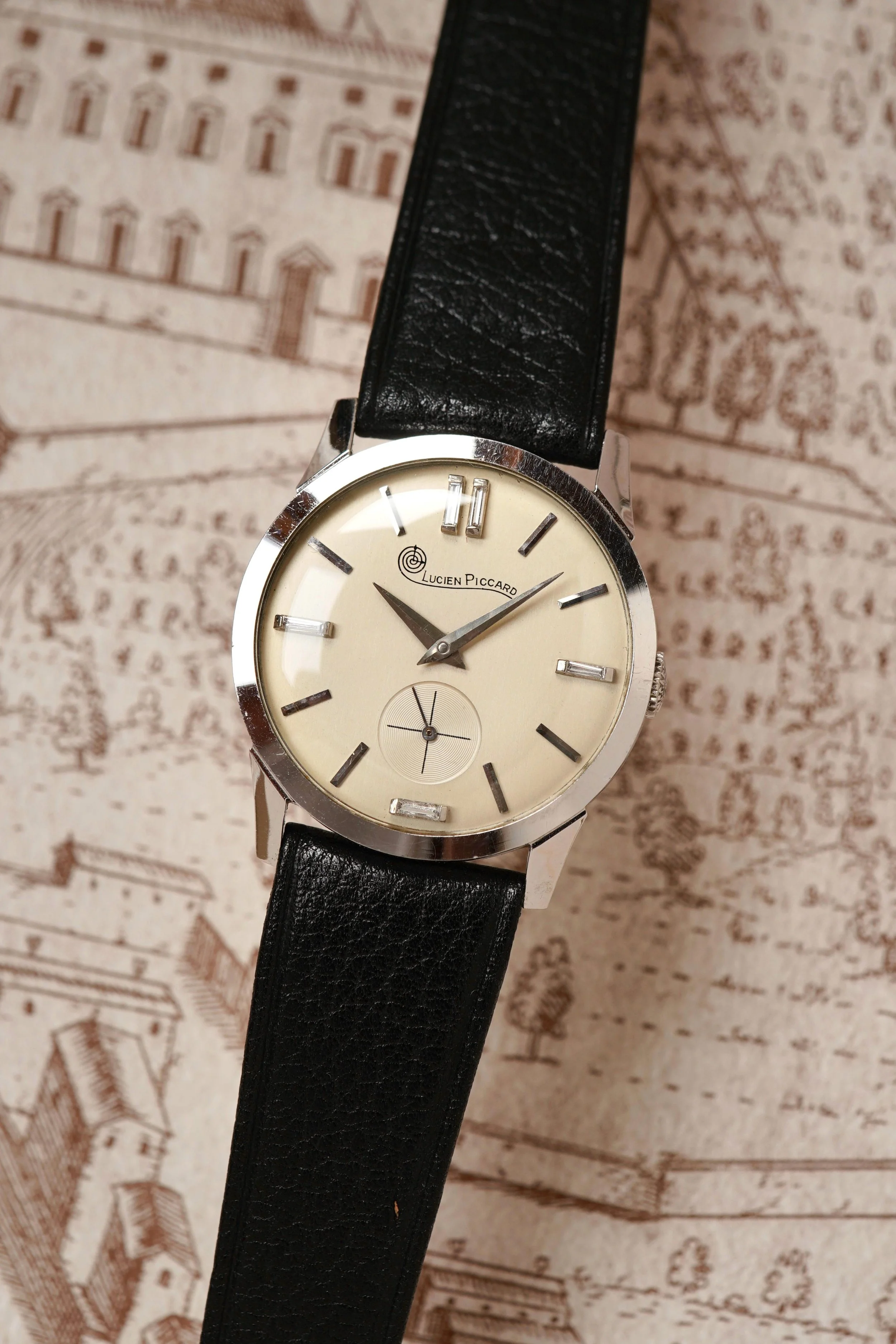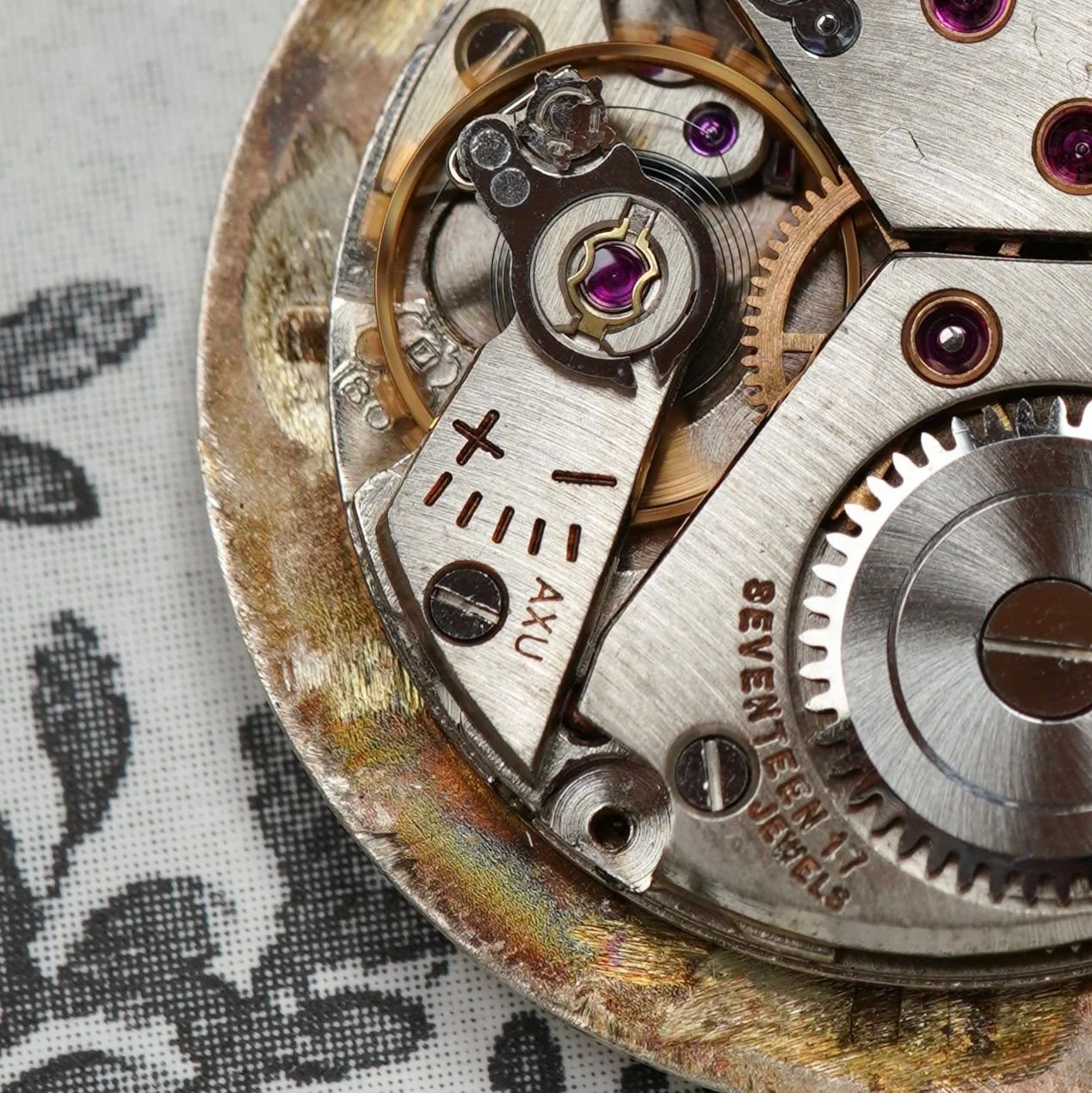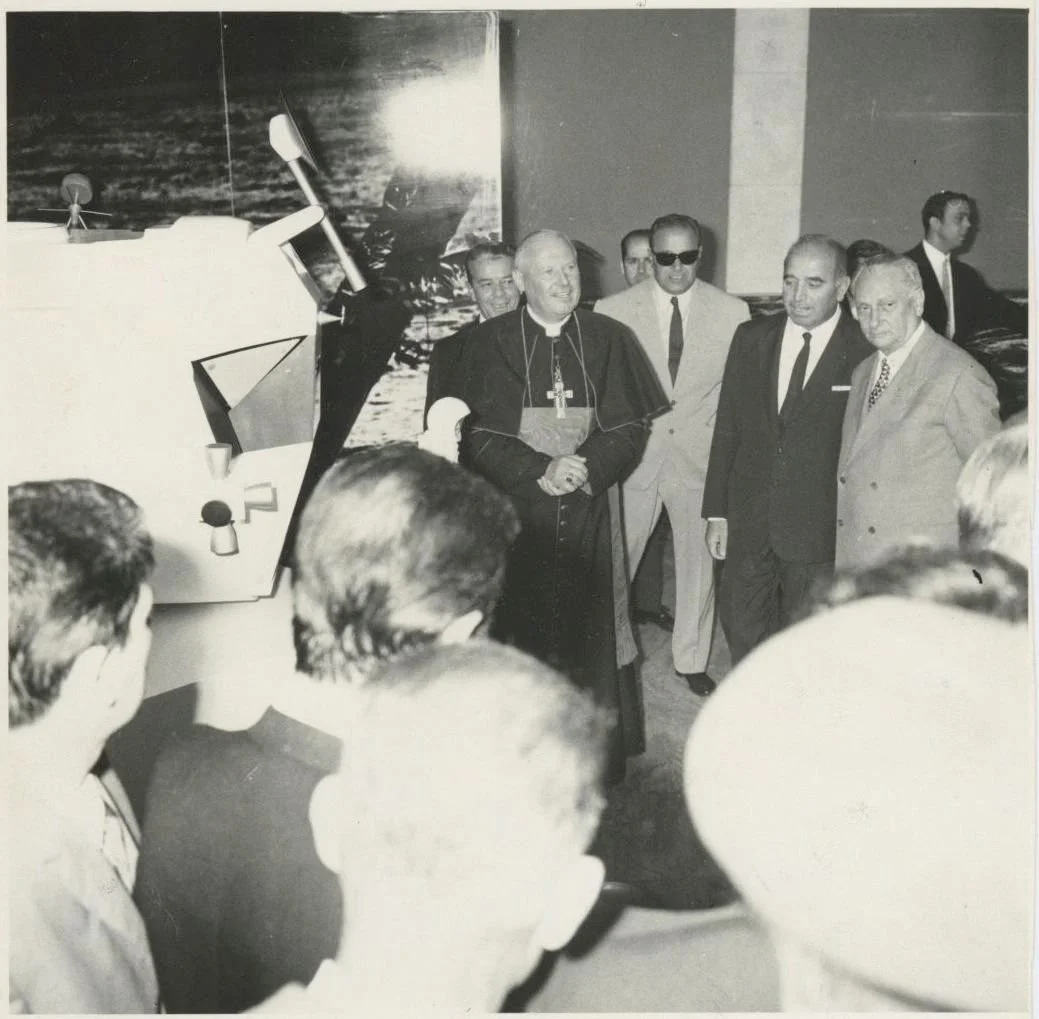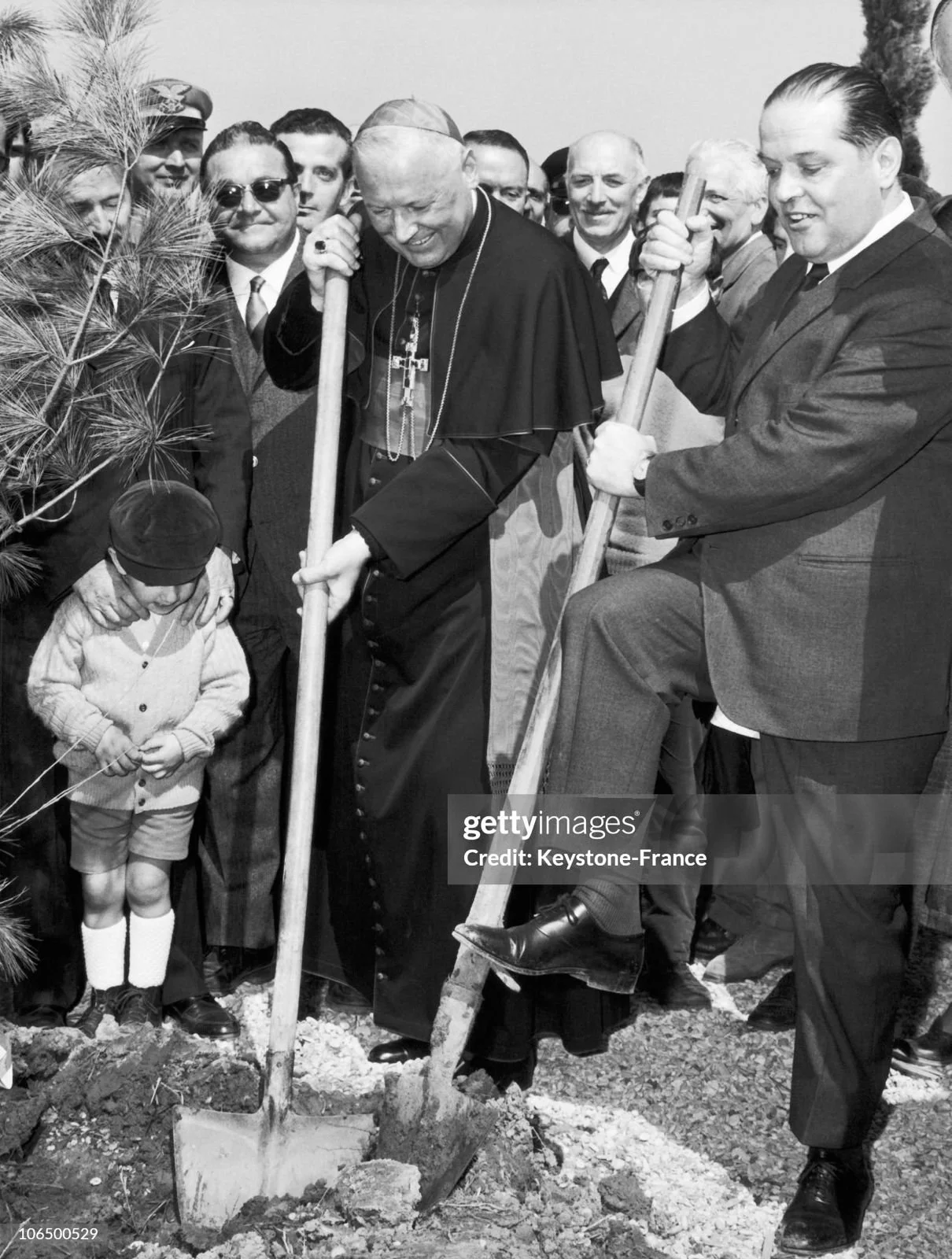The Cardinal's Time
A Lucien Piccard with Ecclesiastical Charm
There are watches that simply tell the time. Others, however, tell a story.
This is the case with this fascinating Lucien Piccard, a timepiece that bears the coat of arms of Monsignor Dell’Acqua engraved on the case back, along with his personal inscription: “Tamquam aqua decurrens” A Latin motto that literally means "Like flowing water," symbolizing the relentless passage of time and the importance of living it with awareness and dedication—just as Cardinal Dell’Acqua did throughout his life.
The exquisite hand engraving suggests that this watch was a gift—most likely received as a token of esteem from an American acquaintance with whom he maintained close diplomatic ties. The signature “J.L.K. 3-’59” can be found on the back.
A rare and elegant Lucien Piccard wristwatch once owned by a prominent figure in the 20th-century Church. Crafted in the late 1950s, it stands out for its polished and radiant case with clean, precise lines.
The cream-colored dial is harmonious and well-balanced, featuring applied hour markers enhanced with a refined touch: a pair of small baguette-cut diamonds set at 3, 6, 9, and 12 o’clock add a discreet yet precious accent. The dauphine hands, thin and sharp, complete the design with classic elegance.
Inside ticks a reliable manually wound mechanical movement, the Peseux 180—renowned for its precision and structural simplicity, highly appreciated by collectors.
Also noteworthy is the balance bridge engraved with the code ‘AUX’, an import mark reserved for the U.S. market. From this, we can deduce that the person who intended this gift purchased the watch in America before presenting it to Monsignor Dell’Acqua—who, in March 1959, had not yet been made a cardinal.
A unique detail is the crown, which features a spiral design and the Lucien Piccard signature—a distinguishing element also present in the logo on the dial. It emphasizes the blend of elegance and flamboyance that defines this timepiece.
We can all agree saying that this is a timepiece that unites historical, spiritual, and collector’s value, a witness to an era and to a significant personality in the history of the Church.
THE LIFE
Cardinale Angelo dell'Acqua 1971
Angelo Dell’Acqua was born in Milan on December 9, 1903. He was ordained a priest on May 9, 1928, by Cardinal Eugenio Tosi.
After a long career in diplomatic service and the Roman Curia, he was appointed Archbishop on December 14, 1958, by Pope John XXIII.
In 1959, Pope John XXIII confided in Dell’Acqua during a private audience his intention to convene the Second Vatican Council. Dell’Acqua, then Substitute for the Secretariat of State, welcomed the idea with great enthusiasm.
Cardinale Angelo dell'Acqua e F. ferrari
Additionally, 1959 was a pivotal year for the Catholic Church in the United States, a country with which Dell’Acqua maintained strong institutional relations. As Substitute for General Affairs of the Secretariat of State, he was responsible for communications between bishops and other ecclesiastical representatives in the U.S., playing a crucial role in episcopal appointments, doctrinal updates, and diplomatic relations between Rome and the United States.
During his service at the Vatican, Dell’Acqua held highly important roles and was distinguished for his discretion and the trust placed in him by the popes.
Fátima’s secrets
On March 27, 1965, Pope Paul VI chose him to be present for the opening of a sealed envelope and the reading of the manuscript it contained. This letter revealed the Third Secret of Fátima.
He was made a cardinal by Pope Paul VI in the consistory of June 26, 1967.
He died suddenly in Lourdes on August 27, 1972, at the age of 68, during a pilgrimage.
His legacy remains tied to key moments in the pontificate of John XXIII and to the handling of some of the Holy See’s most confidential matters.



